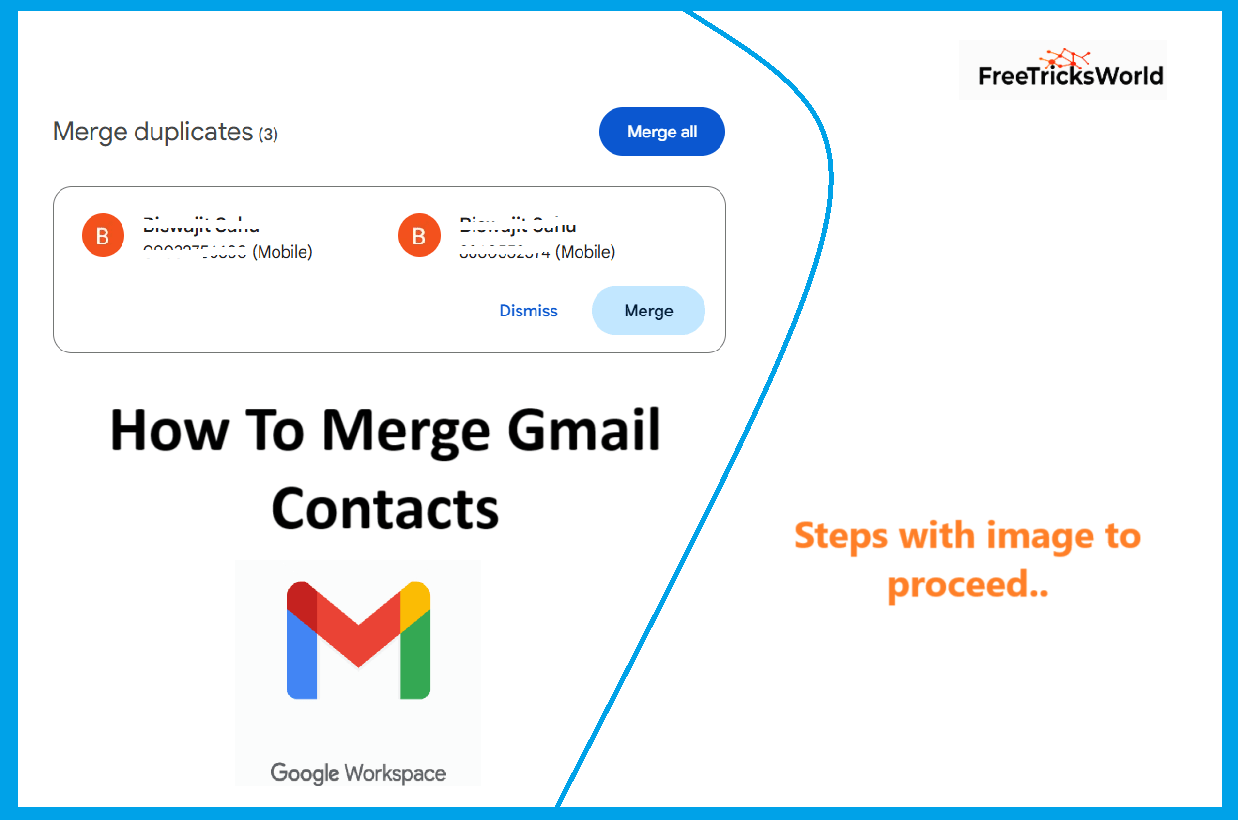How to Ensure Originality with DeepSeek Outputs: A Step-by-Step Guide
AI tools like DeepSeek have revolutionized content creation, data analysis, and problem-solving. However, ensuring originality in AI-generated outputs is critical to avoid plagiarism, maintain credibility, and comply with ethical standards.
Whether you’re drafting academic papers, marketing content, or technical reports, this guide explores how to ensure originality with DeepSeek outputs using practical strategies, tools, and best practices.
Why Originality Matters with AI-Generated Content
AI models like DeepSeek are trained on vast datasets, which can sometimes lead to outputs resembling existing works. Unoriginal content risks:
- Plagiarism accusations in academic or professional settings.
- SEO penalties for duplicate content.
- Loss of trust from audiences or clients.
By proactively verifying and refining DeepSeek’s outputs, you can harness its power while maintaining integrity.
1. Provide Unique, Detailed Prompts
Generic prompts often produce generic results. The more specific your input, the higher the chances of originality.
How to Solve:
- Add Context:
Include details like target audience, tone, and unique angles. Example:
“Write a 500-word blog about sustainable packaging trends in 2024, focusing on biodegradable materials for e-commerce brands in Europe.” - Request Examples or Analogies:
Ask DeepSeek to generate ideas using uncommon comparisons (e.g., “Explain quantum computing using a cooking analogy”). - Limit Overused Phrases:
Instruct the AI to avoid clichés like “In today’s fast-paced world” or “Think outside the box.”
2. Use Plagiarism Detection Tools
Even unintentional similarities can arise. Always scan DeepSeek outputs with plagiarism checkers. sometimes you might face timeout issue but that you ignore.
Recommended Tools:
- Grammarly Premium:
Checks for plagiarism across 16 billion web pages and ProQuest databases. - Copyscape:
Ideal for web content. Enter text to see if duplicates exist online. - Quetext:
Offers deep search technology and contextual analysis.
How to Solve:
- Run the AI-generated text through a plagiarism detector.
- Review highlighted sections and rephrase them manually.
- Use DeepSeek’s iterative editing feature to refine flagged content.
3. Customize and Expand AI Outputs
Treat DeepSeek’s draft as a foundation, not a final product. Add personal insights, data, or anecdotes.
How to Solve:
- Insert Original Research:
Supplement AI content with proprietary data, surveys, or case studies. - Include Quotes or Citations:
Add expert opinions or references to reputable sources (e.g., journals, industry reports). - Rephrase Key Sections:
Use tools like Wordtune or Hemingway Editor to alter sentence structures while retaining meaning.
4. Train DeepSeek with Custom Data
Fine-tuning DeepSeek with niche datasets or style guides can yield more original, on-brand outputs.
How to Solve (For Developers/Teams):
- Curate a Dataset:
Collect proprietary documents, past content, or industry-specific terminology. - Use API Fine-Tuning:
Leverage DeepSeek’s API to train the model on your data (ensure compliance with terms of service). - Set Style Parameters:
Define preferences for vocabulary, formatting, and citation styles.
5. Cross-Verify Facts and Logic
AI can occasionally generate inaccurate or illogical statements. Fact-checking ensures originality and accuracy.
How to Solve:
- Verify Statistical Claims:
Cross-reference numbers with trusted sources like Statista, government databases, or peer-reviewed studies. - Check for Logical Flow:
Ensure arguments follow a coherent structure. Ask: “Does this conclusion align with the evidence provided?” - Update Outdated Information:
AI models may lack the latest data. Example: Replace “As of 2023…” with current-year stats.
6. Combine Multiple AI Outputs
Merge and modify results from multiple prompts or AI tools to create a unique piece.
How to Solve:
- Generate two versions of the same content using different prompts.
- Identify the most original sections from each draft.
- Combine them manually, adding transitions and new insights.
7. Leverage Paraphrasing Tools Ethically
Rephrase AI content while preserving intent. Avoid tools that simply swap synonyms, which can still trigger plagiarism flags.
Effective Tools:
- Spinbot or Paraphrase Tool:
Use sparingly and edit outputs for readability. - QuillBot’s Paraphraser:
Choose modes like Creative or Formal for better originality.
8. Cite AI Contributions Transparently
Ethical content creation requires acknowledging AI use where necessary (e.g., academic writing).
How to Solve:
- Academic Work:
Follow guidelines from institutions like APA or MLA for citing AI-generated content. Example:
“Text generated by DeepSeek (2024). DeepSeek, Version 2.0. https://www.deepseek.com” - Creative/Commercial Projects:
Disclose AI involvement in footnotes or author bios if required by clients or platforms.
9. Implement Human-AI Collaboration
Human oversight is irreplaceable for ensuring originality. Use DeepSeek as a collaborator, not a replacement.
Workflow Example:
- Drafting: Let DeepSeek generate a rough outline.
- Editing: Add personal experiences, humor, or critical analysis.
- Final Review: Read aloud to catch repetitive phrases or unnatural transitions.
10. Stay Updated on AI Limitations
Understand DeepSeek’s strengths and weaknesses to avoid over-reliance.
Common Limitations to Monitor:
- Source Attribution:
AI cannot cite sources unless explicitly instructed. - Cultural Nuances:
May misinterpret region-specific idioms or context. - Technical Jargon:
Verify accuracy in specialized fields like law or medicine.
Tools to Enhance Originality
| Tool | Use Case |
|---|---|
| Originality.ai | Detects AI-generated content |
| Turnitin | Academic plagiarism checking |
| SEMrush SEO Writing Assistant | Ensures SEO and originality |
Avoiding Common Pitfalls
- Blind Trust in AI: Always review outputs for uniqueness.
- Over-Optimization: Forcing keywords can make content robotic.
- Ignoring Copyright Laws: AI-generated content isn’t exempt from IP regulations.
Conclusion
Ensuring originality with DeepSeek outputs requires a mix of strategic prompting, rigorous verification, and human creativity. By using plagiarism checkers, customizing content, and transparently citing AI contributions, you can produce work that’s both innovative and ethically sound. As AI evolves, maintaining this balance will be key to building trust and authority in any field.





